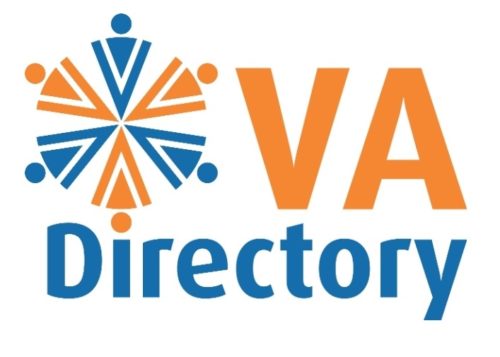I often get phone calls from prospective clients or emails from new VAs asking what the 'standard rate' is for carrying out particular jobs. I do understand their question but they haven't really thought about what they're asking. When you're buying a product such as a book, software or other things then there are often 'recommended retail' prices for that particular item. However, when it comes to providing services, it doesn't work the same way. It's not like you're paying an employee that … [Read more...]
VA Directory - Connecting clients with Virtual Assistants
Email: [email protected]
About

Proudly run and owned by Anita Kilkenny
VA Directory was established in March 1994 by Kathie M. Thomas.
Sign up to our Newsletter
Newsletter
Signup for our news and business information.
Thank you!
You have successfully joined our Newsletter list.
Connect With Us
VA Directory
PO Box 5305
Mordialloc, Vic, 3195, Australia
Please note: Anyone scraping contact details from our site for the purposes of spamming, adding to lists, etc, will be reported.